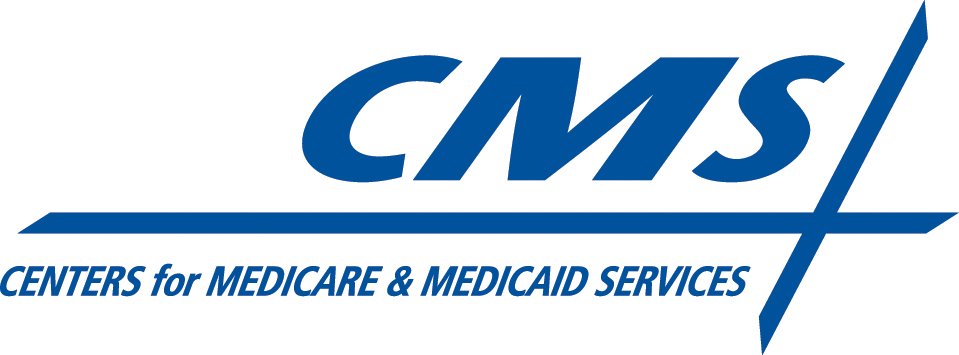American Hospital Association claims accuracy of posted HAC data not established
In further step to create transparency in patient outcomes delivered by individual hospitals, the Centers for Medicaid and Medicare Services (CMS) has posted on its website information on eight hospital-acquired conditions (HAC). However, many hospital industry leaders were not happy with this action.
The CMS data is specific to individual healthcare facilities that treat Medicare patients. It includes info on two types of hospital-acquired infections (HAI), blood compatibility, and air embolisms. Pathologists and clinical laboratory managers will recognize that medical laboratory testing plays an important role in diagnosing and monitoring several of these conditions.

CMS posted this data on March 29th. It is presented in a raw spreadsheet format. It includes “hospital-level results from eight hospital-acquired condition (HAC) measures calculated using administrative data for Medicare patients from the Centers for Medicare and Medicaid Services for discharges between October 1, 2008 and June 30, 2010.”
HAC Measures Listed with Provider Identities
The data is listed in column format and contains the following information:
Column 1—Provider ID: Six-digit CMS Certification Number
Column 2— Hospital name
Column 3—Hospital state: Two-digit postal abbreviation
Column 4—Contains eight HAC measures:
- Foreign object retained after surgery,
- Air embolism,
- Blood incompatibility,
- Pressure ulcer stages III and IV,
- Falls and trauma,
- Vascular catheter-associated infection,
- Catheter-associated UTI,
- Manifestations of poor glycemic control.
Column 5—Number of eligible discharges (Denominator): Number of discharges at hospital meeting inclusion/exclusion criteria for measure during timeframe of interest.
Column 6—Number of HACs (Numerator): Number of HAC occurrences for the measure at hospital during timeframe of interest.
Column 7—Rate (per 1,000 discharges): Hospital’s HAC rate = (Numerator divided by Denominator) multiplied by (1,000).
Column 8—Number of eligible discharges at all IPPS hospitals in nation during timeframe of interest.
Column 9—National HAC Count: Number of HAC occurrences at all IPPS hospitals in nation during timeframe of interest.
Column 10—National HAC rate (per 1,000 discharges): National HAC rate = (National HAC count divided by National number of eligible discharges) multiplied by (1,000).
Medicare has stated that it will not pay for these conditions if they are acquired in hospital, nor can patients be charged for hospital services.
Opposition to the Data’s Release
Release of the data was delayed due to opposition from the American Hospital Association and its members. The AHA claims that the accuracy of the calculations used to determine data rates has not been proven. The AHA also says that the National Quality Forum (NQF) has not endorsed the process.
“Hospitals strongly oppose inclusion of the HACs for reporting on Hospital Compare,” wrote AHA officials in a press release. “CMS has never made specifications available for the calculation of the HAC rates, so fundamental assessments of the accuracy of capturing the incidence of these conditions have never been conducted. Hospitals continue to urge CMS not to publish these data,” concluded the AHA.
Nevertheless, CMS did publish the data, and it has also posted the HAC data on its Hospital Compare website. To prepare for any fallout from the posting of the HAC data, the AHA recommends that hospital administrators should take the following steps:
- “Verify your [hospital’s] data, and if you discover errors, let CMS know through the prescribed channels and let us know via e-mail to HACdataproblems@aha.org.
- “Share this advisory with your communications team, quality improvement team, physician and nursing leaders, and trustees to prepare them to respond to questions from patients and the community.
- “Develop strategies to help staff respond to inquiries from their patients and the community about your hospital’s information on Hospital Compare.
- “Identify quality improvement efforts [at your hospital] that you can highlight with the media and the public.
The primary concern by AHA and other hospital officials seems to be over the type of data the CMS used in its calculations.
“I think the literature is pretty complete showing administrative data is not a reasonable mechanism to use to select one hospital over another,” said Gregg Meyer, M.D., Senior Vice President for Quality and Patient Safety at Massachusetts General Hospital, Boston, in a Modern Healthcare article.
“What is striking to me is the number of hospitals that are listed as having zero HACs,” added Meyer. “For a hospital that has 10,000 discharges not to have a single catheter-associated urinary tract infection—or an instance of poor glycemic control—that’s just not credible.
“I would argue that some of the institutions that have a relatively high number of HACs are safer by virtue of the fact that they are more open and transparent, they have a better reporting system in place and they are doing something about these conditions,” Meyer concluded.
The effort by CMS officials to increase the transparency of the performance of individual hospitals and physicians opens a window for consumers to know more about the providers in their city. Pathologists and clinical laboratory managers can expect that this trend of increased transparency will eventually widen to include the outcomes performance of medical laboratories and individual pathologists. However, that is not likely to happen for several more years.
—Michael McBride
Related Information:
CMS Adds Hospital Acquired Condition Measures to Hospital Compare Website
CMS publishes hospital error data over protests (Modern Healthcare)




Thanks for finally talking about > Hospitals Object to CMS’s Web Posting of Raw
Data on Hospital-Acquired Infections | Dark Daily < Liked it!